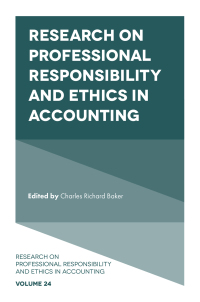Question
Creek Ltd. specialises in very high-quality hand crafted furniture, but is a small player in a very competitive market. Recent months have seen the solid
Creek Ltd. specialises in very high-quality hand crafted furniture, but is a small player in a very competitive market. Recent months have seen the solid wood furniture market flooded by an influx of inexpensive hardwood furniture from countries in the Far East. Most of these imports are made by highly automated large volume processes that lead to a generally good standard of finish, although any reasonable inspection reveals the difference in quality between the imports and the excellent products turned out by Creek Ltd. The recent increase in competition has worried the managing director of Creek Ltd. and he has asked the production manager to come up with a plan that will quickly produce a substantial reduction in production costs, before Creeks margins are squeezed too tight for operations to continue. The production manager points out that the main factor in their costs is their highly skilled labour-force of 42 craftsmen who each earn on average 29,000/year. The competition, he argues, can operate much more cheaply because they have access to far cheaper labour and, due to their level of automation, require much less of it. While there is not much that can be done about the labour rates that Creek Ltd. pays to its workforce, due to strong unionisation, Creek Ltd. could, he suggests, significantly reduce its total labour costs by automating as much of its production process as possible. The managing director agrees that this is the sensible course of action and asks the production manager to investigate the alternatives. By the end of the week the production manager has, on the basis of information supplied to him by the sales staff of the machinery companies, narrowed it down to two alternative machines, which will alter the production of Creek Ltd. as follows:
 The Management Accountant is very suspicious of the information provided by the production manager and decides to do some additional research. He uncovers the following additional information:
The Management Accountant is very suspicious of the information provided by the production manager and decides to do some additional research. He uncovers the following additional information:
1. Both machines will require regular maintenance. The estimated cost of this process is 66,000 in years 2 & 4 for machine A and 84,000 for machine B in year 2 and 105,000 in year 4. No overhaul is expected in the year of disposal.
2. An additional sum of working capital will have to be set aside to keep the machines running efficiently and without downtime if either of these projects is adopted. The estimated sums are 55,000 for machine A and 65,000 for machine B. This is recoverable at the end of the project.
3. It is estimated that machine A will have a scrap value of 60,000 at the end of its life, but there will be a disposal cost of 350,000 for machine B.
Required:
a) Using the additional information found by the accountant, calculate the net present value (NPV) of these projects assuming Creeks required rate of return is 10%.
b) Based on your calculation, write a report to the Managing Director summarising which of the options is better and why. In the report, you should discuss any other relevant factors that may make you question whether you should base your proposal for the future strategy of Creek Ltd. solely on the above model.
Machinery purchase cost Annual running cost Skilled employees replaced Expected life of machine Machine A 1,500,000 45,000 28 7 years Machine B 1,900,000 65,000 35 7 yearsStep by Step Solution
There are 3 Steps involved in it
Step: 1

Get Instant Access to Expert-Tailored Solutions
See step-by-step solutions with expert insights and AI powered tools for academic success
Step: 2

Step: 3

Ace Your Homework with AI
Get the answers you need in no time with our AI-driven, step-by-step assistance
Get Started


